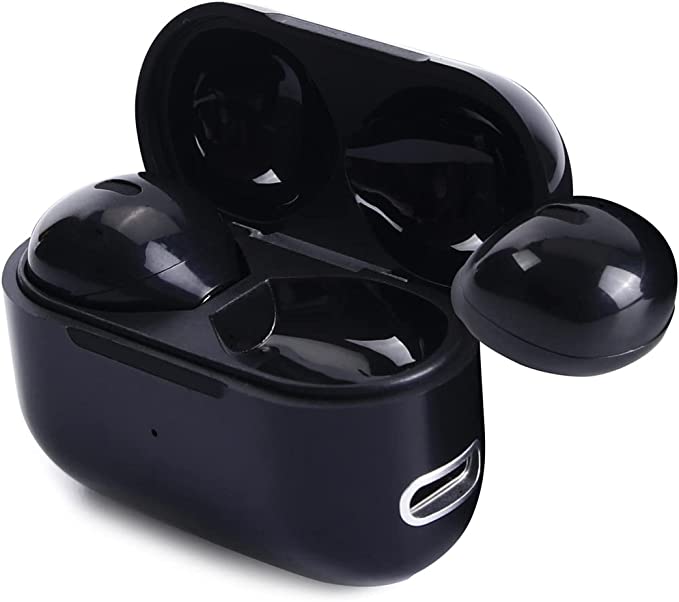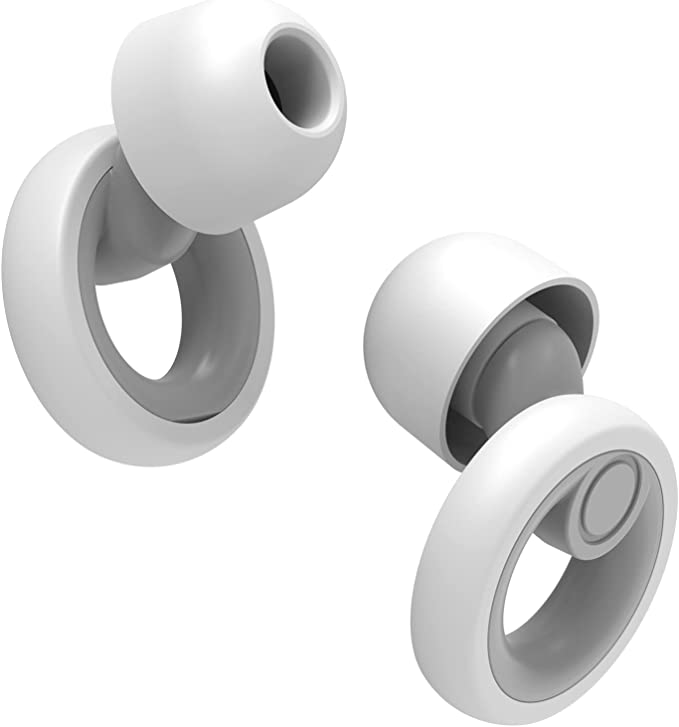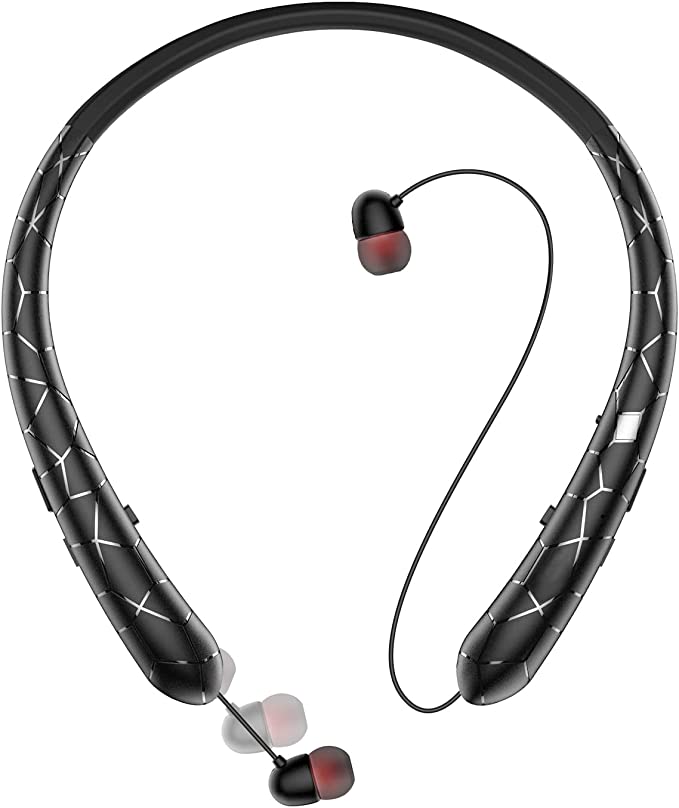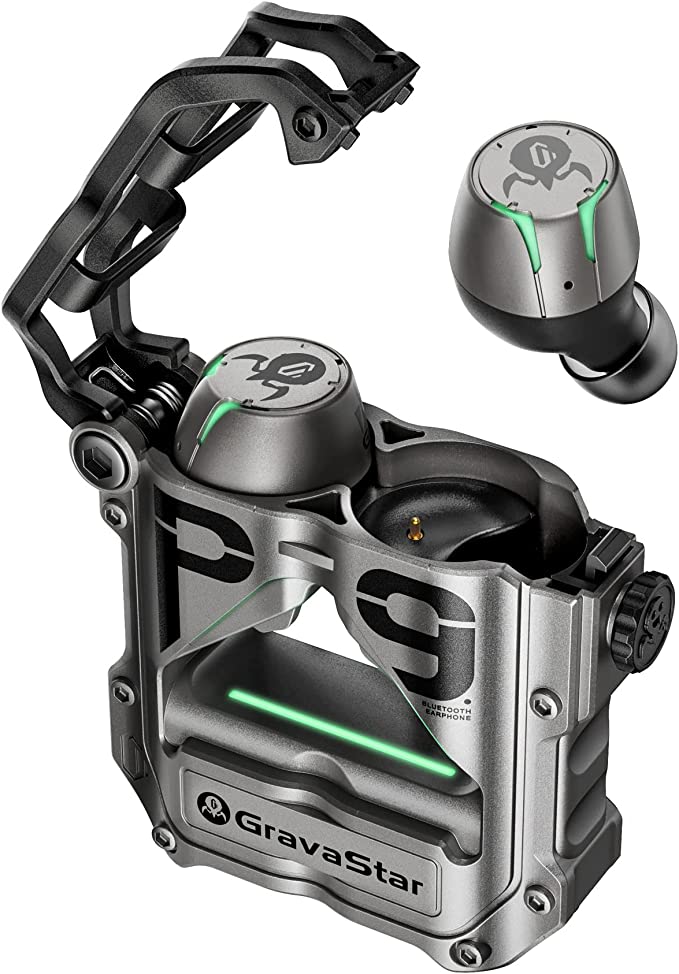The Soul in the Signal: A Deep Dive into the Yamaha SVC-210SK Electric Cello
Update on Aug. 8, 2025, 2:41 p.m.
For centuries, the cello has been an object of both passion and paradox. Its voice, a rich and resonant force capable of filling a concert hall, emanates from a body that is large, delicate, and profoundly inconvenient in the modern world. This is the cellist’s dilemma: how to reconcile the soul of a grand instrument with the constraints of a small apartment, a demanding travel schedule, or a late-night practice session? The answer, it turns out, lies not in compromise, but in a masterful translation of tradition into technology. The Yamaha SVC-210SK Acoustic-Body Electric Cello is not merely a “silent” instrument; it is a thoughtful exploration of what makes a cello feel and sound like itself, achieved through a symphony of material science, acoustic physics, and sophisticated electronics.

The Memory of Wood and Air
To understand the SVC-210SK, one must first dismiss the idea that it is simply the skeleton of a cello. While its form is minimalist, its design philosophy is anything but hollow. The instrument’s most intriguing feature is its “newly designed resonating chamber,” a small cavity within the body that serves a purpose far more nuanced than simple sound projection. In a traditional cello, the entire body vibrates, transmitting a complex tapestry of frequencies through the wood and into the air, and just as importantly, back into the player’s body. The player feels these vibrations through their knees, chest, and hands. This tactile feedback is a crucial, subconscious part of a cellist’s technique, informing bowing, pressure, and intonation.
The SVC-210SK’s chamber is engineered to replicate this specific tactile experience. It’s a whisper of resonance, not a shout. This design choice is further enriched by the use of traditional tonewoods: a spruce top and a maple back. For luthiers, this combination is the gold standard, a partnership perfected over centuries. Spruce is prized for its lightness and stiffness along the grain, allowing it to vibrate freely and respond instantly to the strings. Maple, being denser, acts as a reflective backplate, adding brightness and sustaining the vibrations. By incorporating these materials, Yamaha isn’t just paying homage to tradition; it is embedding the very memory of acoustic sound into the instrument’s physical core, creating a cello that feels familiar and alive under the player’s touch, long before a single watt of electricity is used.

Capturing the Vibration
If the body provides the familiar physical feedback, the task of capturing the instrument’s actual voice falls to a marvel of physics nestled in its bridge: the piezo pickup. The principle behind it, the piezoelectric effect, is both elegant and profound. Discovered in the 1880s by the Curie brothers, it describes how certain crystalline materials generate a small electrical voltage when subjected to mechanical pressure. Think of it as a microscopic electrical generator powered by vibration.
Positioned directly on the bridge, the piezo element acts as the cello’s highly sensitive nerve ending. As the strings vibrate, they exert fluctuating pressure on the bridge, which in turn squeezes and releases the piezo crystal thousands of times per second. Each minuscule change in pressure is instantaneously converted into a corresponding electrical signal. This process is one of direct transduction; it transforms the raw, physical energy of the string into a pure electrical waveform that is a remarkably faithful analog of the acoustic vibration. The captured signal contains the essential DNA of the cello’s sound—the fundamental note, the rich spectrum of overtones, and the subtle nuances of the player’s bowing—all translated into the language of electricity.
Rebuilding the Concert Hall
This raw signal, however, is only the beginning of the journey. On its own, the signal from a piezo pickup can sound thin, bright, and somewhat sterile. It is a voice without a room to speak in. This is where the SVC-210SK’s onboard electronics perform their most impressive act of alchemy. The first crucial component is the “Studio Quality Preamp.” A preamplifier does more than just make the signal louder; its primary job is to act as a perfect intermediary, managing the impedance between the high-impedance piezo pickup and the low-impedance inputs of amplifiers or headphones. Proper impedance matching is critical to preventing signal loss, particularly in the higher frequencies, ensuring the sound remains full and clear.
With the signal properly conditioned, the final and most artistic touch is applied: digital reverb. Reverb is the sound of a space. In the real world, it’s the thousands of reflections bouncing off walls, ceilings, and floors that give sound its sense of depth, warmth, and context. Since the SVC-210SK has no large body to create these reflections naturally, it must create them digitally. The instrument offers three distinct algorithms—Room, Hall 1, and Hall 2—which are essentially mathematical models of different architectural spaces. The “Room” setting provides the intimate ambience of a small practice studio. “Hall 1” and “Hall 2” build progressively larger virtual concert halls around the sound, adding the lush, lingering decay that allows a note to bloom and breathe. This isn’t just an effect; it’s the restoration of the cello’s natural habitat, allowing the player to experience the sonic grandeur of a performance space through a pair of headphones.
A Symphony of Systems
The Yamaha SVC-210SK is far more than a collection of clever features. It is a cohesive system where each part purposefully serves the whole. The resonating body provides the physical language of a traditional cello. The piezo pickup acts as a faithful translator, converting that physical language into a pure electrical signal. Finally, the preamp and reverb act as skilled interpreters, shaping that signal and placing it within a rich, virtual acoustic space.
By deconstructing the cello experience into its essential components—tactile feel, raw vibration, and spatial context—and then rebuilding it with modern technology, Yamaha has solved the cellist’s paradox. It offers the freedom to practice in silence, to travel without burden, and to perform in any electronic environment, all without severing the vital connection to the instrument’s centuries-old soul. The SVC-210SK proves that even in silence, a cello’s voice can still fill a room, even if that room is one built from memory, mathematics, and a little bit of electrical magic.


























































